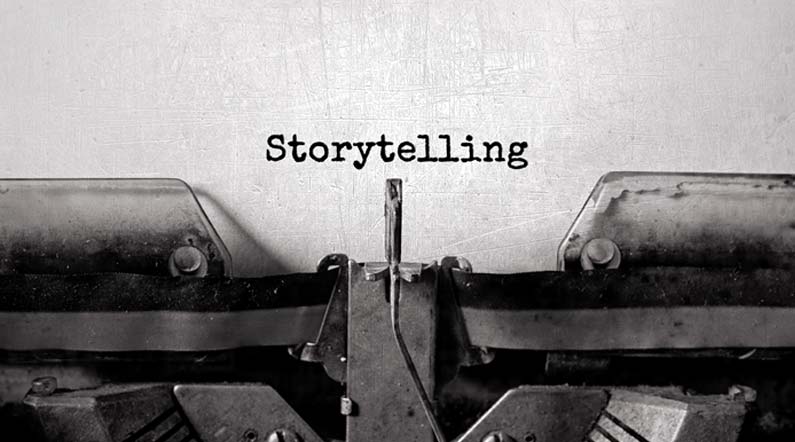Every brand has a great story that’s just bursting to be told. ”Storytelling” is the new buzzword in the content/social marketing world. And there is no shortage of resources out there just waiting to help you tell that story – advertising agencies, public relations agencies, video agencies, social media agencies, even storytelling agencies.
Well, truth be told, the concept of storytelling has been with us from the very early days of advertising. Legendary advertising guru Leo Burnett once said:
“The secret of all effective originality in advertising is not the creation of new and tricky words and pictures, but one of putting familiar words and pictures into new relationships”.
Today, however, brands can tell their story across communication channels that Leo Burnett could not imagine.
Bottom line, it’s still about using words and pictures to build new and long-lasting customer relationships and to facilitate engagement. Only, now the canvass is much larger. In fact, great storytelling:
- Helps your brand break through the competitive clutter
- Connects your brand with authentic human experiences
- Becomes part of a broader narrative, creating excitement around “what’s next?”
- Allows brands to more seamlessly demonstrate not just a product’s benefits but how it fits into customers’ lives
Brands marketers have always tried to develop a brand story. However, it’s important to tell a compelling story that resonates with your customers. We would argue that telling just a “nice” story that doesn’t strike an emotional cord or resonate with customers is just another form of cosmetic marketing – that is, creating a pretty picture or writing artful prose that just doesn’t connect with your consumer.
Sometimes storytelling is forced and other times it doesn’t align with the brand. Think of all the Super Bowl commercials that didn’t make sense in relation to the brand (e.g. Steven Tyler Skittles commercial)
Telling the Right Brand Story
So what can you do to ensure your brand’s story doesn’t get lost if the morass of irrelevancy? Well, we hate to continue to beat the proverbial dead horse, but it all starts with brand strategy fundamentals:
- Deeply understanding your customer and what motivates them to make decisions about product/services in your categoryr
- Deeply understanding how your competition communicates to ensure your story is highly differentiated in the marketplacer
- Defining your brand personality to ensure the tone and manner of your story is appropriate, and potentially differentiating vs. your competition (think Red Bull and Southwest Airlines)r
Mars & Co has done a great job at creating a brand story for their M&M brand. They tell compelling stories, develop their characters and do so consistently across all different communication channels. For their effort, they’ve acquired over 10 million Facebook fans.
One recent example of great storytelling is the Gatorade ad “Made in New York”, which features Derek Jeter, nearing his retirement, and the music of Frank Sinatra. It can be found here:
The ad tells a great story because it connects the brand (Gatorade) to the people of New York (and throughout the US) through two iconic local figures. The best part of the story is that it is told through video and song while showing Derek Jeter simply interacting with the people of New York.
While this is an elegant story, it also shows that Gatorade is part of sports with the Gatorade cooler in the final shot…reinforcing Gatorade’s connection with top performing athletes.
As you can see from the examples above, great stories can enhance the brand’s relationship with the target audience across multiple channels. So after you’ve developed your story, you need to think about what your story will look like and where it will be distributed. Will it be presented verbally as an elevator pitch, in written form as a blog or an article and/or will it be presented visually through a video? Is this a story that will solely sit on your website or will you continue to tell your story through social media and other off-line and digital channels? And, depending on the content, how many channels will you use and what will be the sequence of distribution?
To answer these questions, it’s important to understand in what form your current and prospective customers want or prefer to “consume” your stories and where they seek stories about brands like yours (e.g., trade shows, social media, trade or consumer print advertising, outdoor, online, mobile, etc.). Then, it’s on you and your marketing team to create the right stories that are aligned with your brand strategy and effectively distribute them through the right channels.
Like we said, every brand has an amazing story to tell; however, planning and analysis is required to ensure you’re developing a compelling story that will resonate with your customer in the right place and at the right time to touch their emotions.
Need help developing your brand story? Give us a call today!


Recent Comments